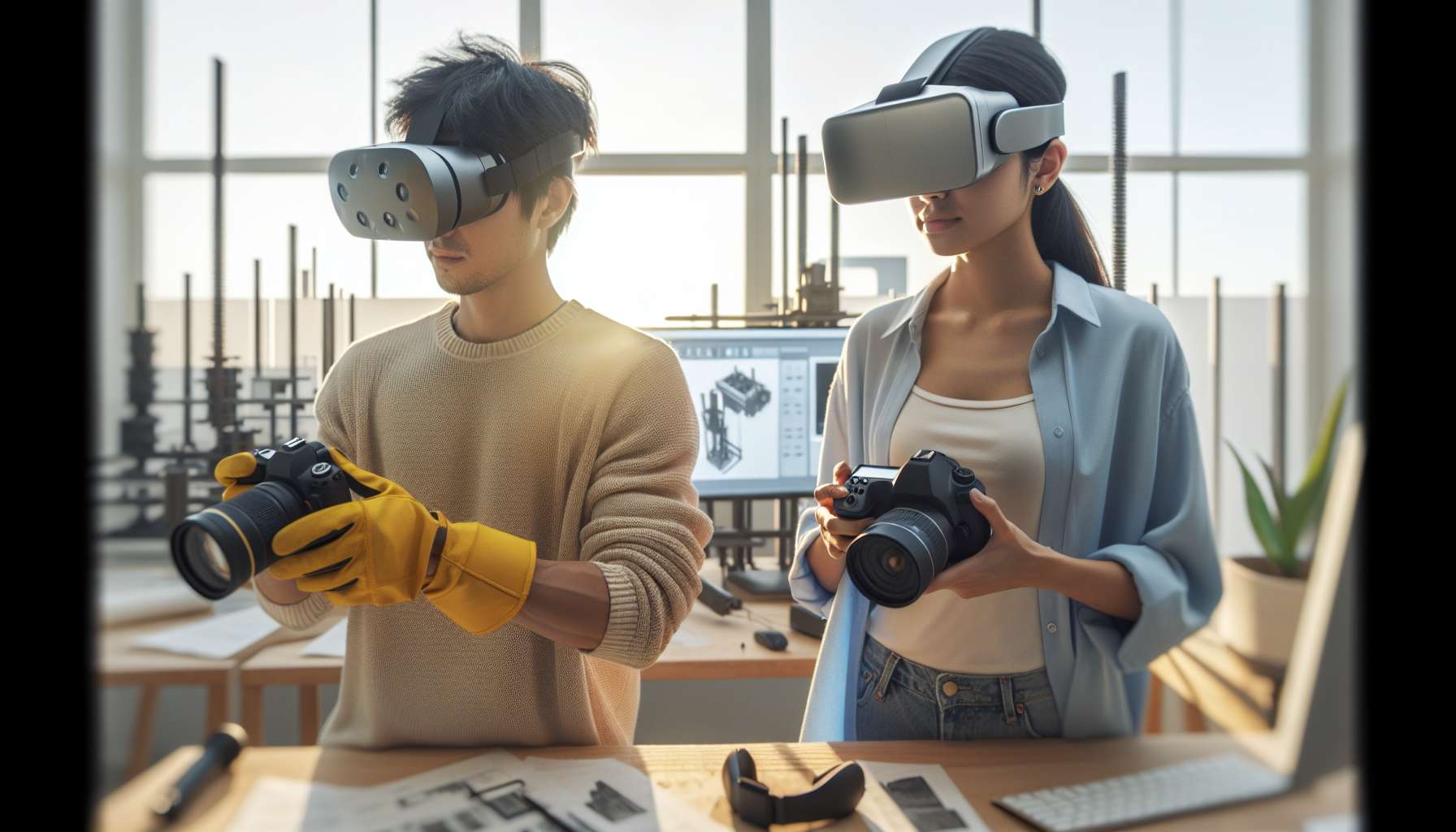Unlocking the Potential of Augmented Reality in Risk Management and Safety Training
As technology continues to advance at an unprecedented pace, businesses are constantly seeking innovative solutions to enhance their risk management and safety training practices. One such solution that has gained significant traction in recent years is augmented reality (AR). By blending the virtual world with the real world, AR offers a cutting-edge approach to risk management and safety training, revolutionizing the way businesses prepare their workforce for potential hazards and emergencies.
Understanding Augmented Reality
Before we delve into the practical applications of AR in risk management and safety training, let’s first understand what augmented reality is. Unlike virtual reality, which immerses users in a completely simulated environment, AR overlays digital information onto the real world. This is typically achieved through the use of smart glasses, smartphones, or tablets, allowing users to see and interact with virtual elements in their physical surroundings.
Enhancing Risk Management
AR has the potential to transform the way businesses approach risk management by providing real-time, contextual information to employees. For example, in high-risk industries such as construction or manufacturing, workers can wear AR-enabled devices that display safety guidelines, hazard warnings, and emergency protocols directly in their field of view. This not only improves situational awareness but also reduces the likelihood of accidents and injuries.
Furthermore, AR can be utilized to simulate potential risk scenarios, allowing employees to practice their response in a safe and controlled environment. By immersing workers in realistic simulations, AR enables them to develop critical decision-making skills and improve their ability to handle emergencies effectively. This proactive approach to risk management can significantly minimize the impact of potential incidents and ensure the safety of both employees and assets.
Revolutionizing Safety Training
Traditional safety training methods often rely on classroom lectures or instructional videos, which may not fully engage employees or adequately prepare them for real-world situations. AR, on the other hand, offers an interactive and immersive learning experience that enhances knowledge retention and engagement.
With AR, employees can participate in virtual training scenarios that replicate hazardous environments or complex procedures. For instance, firefighters can practice extinguishing virtual fires, medical professionals can simulate life-saving procedures, and factory workers can learn how to operate machinery safely. By providing hands-on training in a risk-free environment, AR empowers employees to gain practical skills and confidence, ultimately reducing the likelihood of accidents and errors in the workplace.
Real-World Success Stories
The adoption of AR in risk management and safety training has already yielded impressive results for several forward-thinking organizations. For example, a multinational energy company implemented AR technology to train their technicians on complex maintenance procedures. The result? A significant reduction in errors and an increase in overall efficiency.
In another case, a construction company utilized AR to enhance their safety protocols. By overlaying virtual markers on construction sites, workers were able to identify potential hazards and navigate around them more effectively, resulting in a substantial decrease in accidents and injuries.
The Future of AR in Risk Management and Safety Training
As AR technology continues to evolve, the possibilities for its application in risk management and safety training are virtually limitless. With advancements in artificial intelligence, AR can become even more intelligent and adaptive, tailoring training programs to individual employees’ needs and providing real-time feedback.
Furthermore, the integration of AR with other emerging technologies, such as Internet of Things (IoT) devices and wearable sensors, can create a comprehensive safety ecosystem. Imagine a scenario where an employee’s AR glasses detect a hazardous gas leak and automatically alert nearby workers, enabling them to take immediate action to mitigate the risk.
Conclusion
Augmented reality is revolutionizing risk management and safety training by providing businesses with a cutting-edge approach to prepare their workforce for potential hazards and emergencies. By enhancing situational awareness, simulating risk scenarios, and offering immersive training experiences, AR empowers employees to make informed decisions and respond effectively in critical situations. As the technology continues to advance, the future of AR in risk management and safety training looks promising, promising a safer and more prepared workforce.





